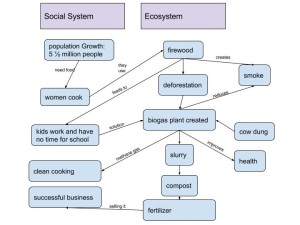My hometown of King of Prussia, PA has few natural hazards that it faces. It has increases in heavy rain and when hurricanes occur is it definitely noticeable. Hailstorms also occur from time to time. Fortunately, not many others occur around my area. I don’t think the Nathan map document is well suited for this activity because it does not clearly show cities within a state. Therefore, because of that you cannot really tell the specifics of the natural hazards within a certain city. You also cannot really zoom in enough to be able to tell the certain colors when they are all so close together.
The disaster I found was extreme weather (particular wind and heavy snow) in Massachusetts. My hometown can experience the same type of disaster, and has so before. The risk of disasters like this are falling trees and power lines, power outages, and fires from the fire lines. I would not necessarily say that my hometown is really vulnerable because I live in a place where not many disasters occur. The scale of the event is relative to the size of my hometown. I don’t think much damage would be done because it has occurred before. As for Massachusetts, I feel as if this happens a lot there because they are further north so I don’t think scale really matters. I don’t think this is severe for the human population where I live because there are so many resources that could be used if necessary. I think that is an important factor for any town. Without the right resources or plans, then having this type of disaster, or any type of disaster would cause the human population to suffer more.
In my own assessment of natural hazards that King of Prussia faces, I’m going to use my personal experience because I’ve lived there my whole life. We don’t really face any except severe rain and sometimes snow. There have been random tornados that have only occurred twice since I have lived there, but they are very rare otherwise. Hurricanes have been occurring more recently, however King of Prussia has become well suited for taking on that kind of natural disaster. It isn’t really a vulnerable town.


